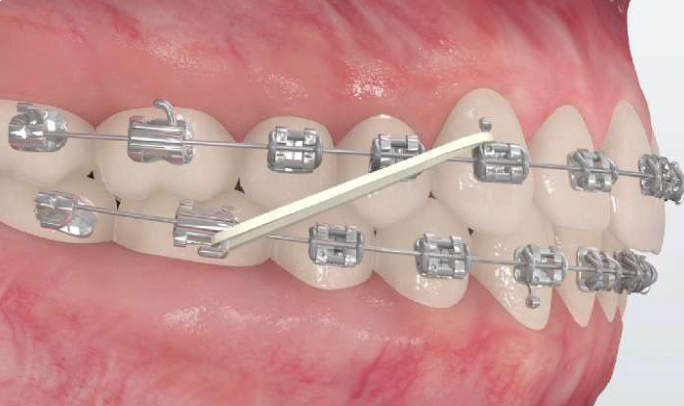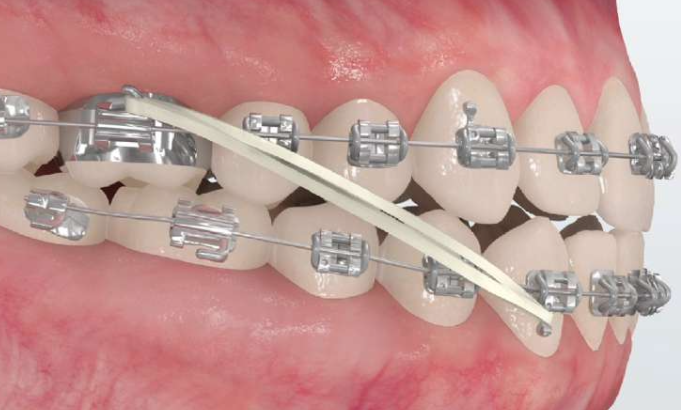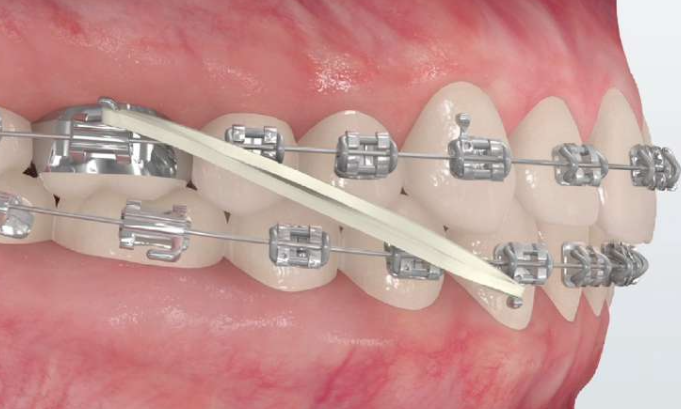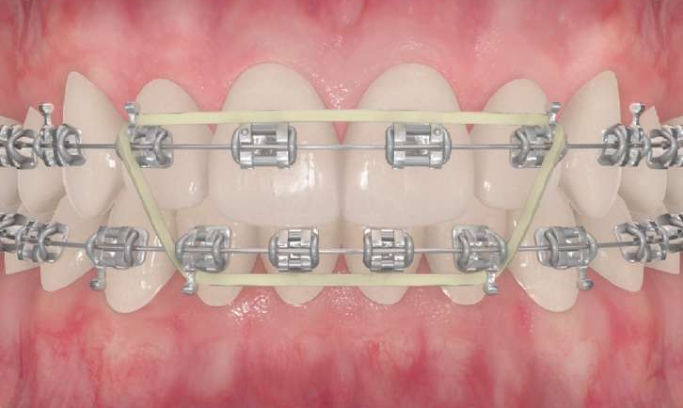We are having a short break over Christmas. Please click here for any orthodontic emergencies.
We are having a short break over Christmas. Please click here for any orthodontic emergencies.

Elastics assist in the correction of bite alignment and the relationship between the upper and lower teeth. Orthodontic elastics are strategically placed between the upper and lower braces. They attach from a bracket on the upper teeth to a bracket on the lower teeth.
Elastics work with braces to apply additional forces to guide teeth into their optimal positions. They play an important part in fine-tuning your bite and occlusion. Wearing elastics as instructed by your orthodontist ensures your treatment is as efficient as possible.
Elastics are available in a range of sizes and strengths. Your orthodontist should provide you with detailed instructions on how to wear and replace your elastics throughout your treatment.
Elastics assist in the correction of bite alignment and the relationship between the upper and lower teeth. Attached between brackets, they apply additional forces to guide teeth into their optimal positions. Wearing elastics as instructed by your orthodontist ensures your treatment is as efficient as possible.


An overjet describes dental malocclusion where the upper front teeth extend beyond the lower front teeth when the jaws are closed. Severe overjet can lead to chewing difficulties and premature tooth wear. It can also affect the appearance of the smile and facial profile.
Retraction elastics correct excessive overjets by applying additional force to the upper teeth. This force pulls the upper teeth backwards and can also pull the lower jaw forward. As treatment progresses, the horizontal gap between the upper and lower teeth will reduce.


An underbite describes dental malocclusion where the lower front teeth extend beyond the upper front teeth when the jaws are closed. Sever underbite can also lead to chewing difficulties and accelerated tooth wear. Facial profile and smile aesthetics can also be affected.
Elastics correct underbites by applying forces that pull the lower teeth backwards and the upper teeth forwards.


An open bite describes dental malocclusion where the upper and lower teeth do not meet when the jaws are closed. It can occur at the front (anteriorly) or rear (posteriorly) and affects bite function.
Elastics are a crucial part of correcting open bites. They allow orthodontists to apply vertical forces between the upper and lower dental arches.
Learn when and how to change your elastic is a part of orthodontic treatment. Your orthodontist will explain the process to ensure your results are achieved in the shortest possible amount of time.
Braces and elastics can make reaching all areas of the teeth and gums harder. You should remove your elastics during brushing and flossing to prevent plaque buildup, tooth decay, and gum disease. A soft-bristled brush, fluoride toothpaste and orthodontic floss will make looking after your oral health during treatment easier.
Elastics stretch with time and work most effectively when replaced twice a day. Changing your elastics once in the morning and then once in the evening is a great habit to develop. Your orthodontist will provide you with enough elastics to last until your next adjustment. If you happen to run out, speak to your orthodontist.
Elastics play a vital role in efficient orthodontic treatment. They facilitate effective tooth movement and correct bite discrepancies. With disciplined wear and correct replacement intervals, they contribute to achieving optimal orthodontic outcomes.
Book a consultation with MP Orthodontics to begin your orthodontic journey.
Monday to Friday: 8:00 am - 5:30 pm
Saturday & Sunday: Closed